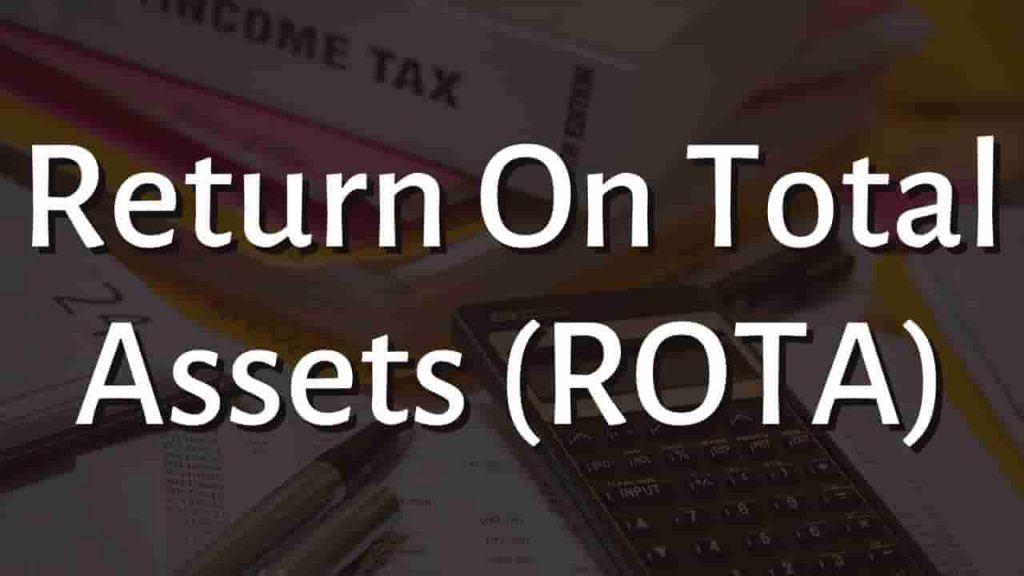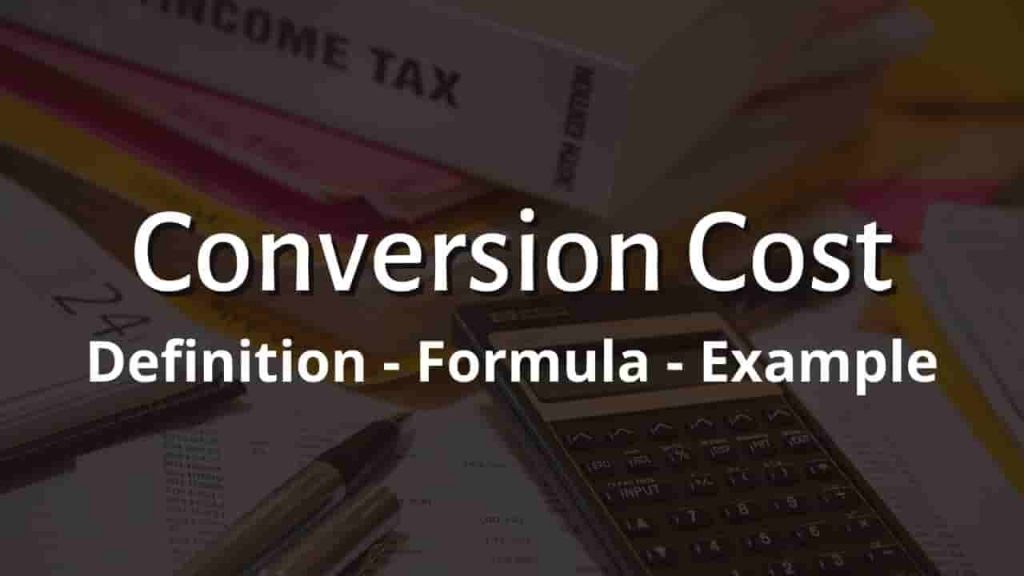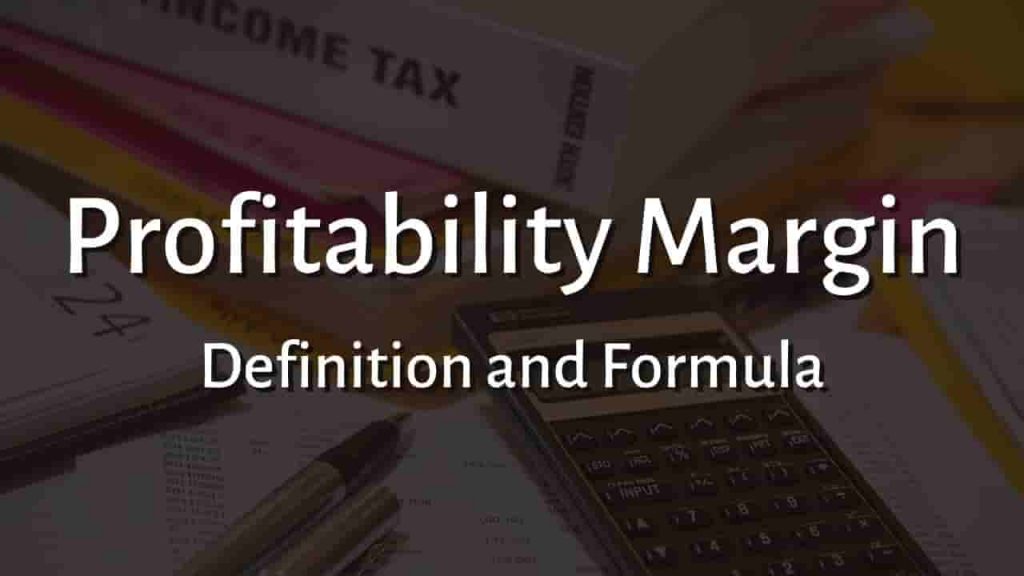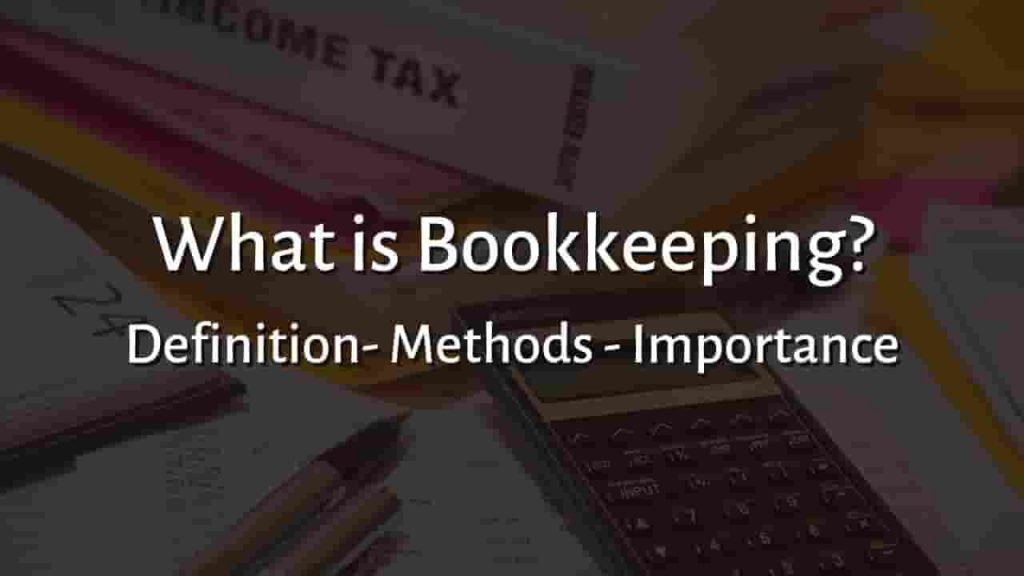Return On Total Assets
Return on total assets (ROTA) also known as return on assets or ROA is a profitability metric that assesses how efficiently a company manages its assets to produce profits during a given time. The formula is a simple ratio of Operating Profit to Average Assets of the organization.
The return on total assets ratio formula will determine how successfully a company or organization can generate a return on its asset investment. ROTA, in other words, illustrates how efficiently the firm, corporation, or organization can convert the amount or money needed to buy those assets into operating profits or operating revenue.
Because all assets can be supported by either debt or equity, the ratio must be computed by subtracting interest expense from the above method. For the numerator, operating income must be calculated. Then, in the denominator, average assets must be used because the firm is always conducting a business, an asset changes over the year, and so using one total asset would result in a potentially biased statistic.
Return On Total Assets Formula
Following is the formula to compute return on total assets (ROTA):
Return on Total Assets Formula = Operating Profit (EBIT) /Average Total Assets
- EBIT stands for earning before interest and tax
- Average assets can be computed by adding total assets for current year + total assets for previous year and dividing them by 2.
To focus on operating earnings, the EBIT statistic is employed instead of net profits. The total assets number includes contra accounts, which indicates that cumulative depreciation and the provision for questionable accounts are deducted from the balance sheet’s gross amount of assets.
Return On Total Assets Calculation
Let’s look at an example of calculating the return on total asssets. Assume that HBK Limited has given you the following information from their financial accounts.
Operating Income (EBIT): $100000
Total assets at the start of the year: $1000000
Total assets at the conclusion of the fiscal year: $1500000
We are given operating income, often known as EBIT, which is $100000.
Second, we must compute average assets, which would sum assets at the beginning $1000000 and end of the year $1500000 and then divide by 2, obtaining 12,50,000.
The return on total assets (ROTA) may be calculated as follows:
- Return on Total Assets = Operating Profit (EBIT) /Average Total Assets
- Return on Total Assets = 100000/1250000
- Return on Total Assets = 0.08 = 8%
What is a Good Return on Total Assets?
A ROTA of 5% or above is considered good, while a ROA of 20% or more is considered excellent. The greater the ROTA, in general, the more efficient the firm is at creating profits. However, the ROTA of any one firm must be seen in the context of its competitors in the same industry and sector.
Limitation of ROTA
The denominator of this measurement is determined from book values rather than market values, which is a source of concern. This is especially concerning when a company has a big investment in fixed assets that are worth more than their declared book values.
Because the denominator is too low in this situation, the computed return on total assets is greater than the actual return.
Another issue with this metric is that it does not include how assets were funded. If a company uses high-cost debt to purchase assets, the return on total assets may be beneficial even if the company is in danger of defaulting on the loan.
How to Improve a Return on Total Assets
Lowering the Cost of Assets
You may reduce asset costs by tracking your asset spending on a regular basis. such as inventory qualifies as an asset in ROTA calculations. Reduce inventory expenditures by controlling inventory levels to suit your sales projections. Excess inventory can boost asset costs without increasing income.
Renting or leasing equipment might help you save money on equipment. This allows you to keep only the equipment you need when you need it, rather than purchasing equipment that may go unused if your needs change.
Increasing Profits
You must look for strategies to boost income without raising asset expenses. For example, if you sell 20% more of a product but have to increase your asset expenses by 30% to acquire the equipment to create the additional product, your return on assets has not increased. Increase income by providing better customer service or by venturing into new market niches.
Expense Reduction
When you minimize expenditures, you increase the amount of money you keep. This results in a greater profit for you. Keep an eye out for excessive wage expenditures, increased material suppliers, and rising shipping prices.
By increasing production, you may lower the number of people required. Reduce material costs by renegotiating with suppliers or discovering new ones. Reduce delivery costs via renegotiation or by charging customers a shipping fee.
For more click here and if you are looking for full forms of different acronyms and words then check out this list you really gonna find this helpful. We also have an Essay on every topic, Check the complete list here. If you are Studying in Matric Free Video Lectures of Maths, Physics and English are here, and we have got you covered for I.COM Business Maths also.







